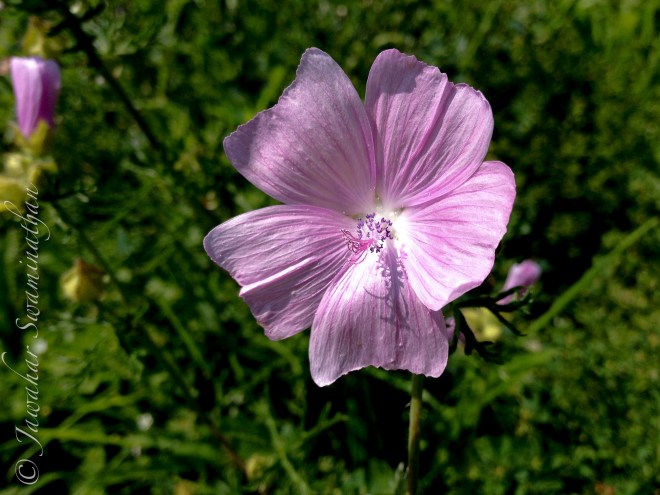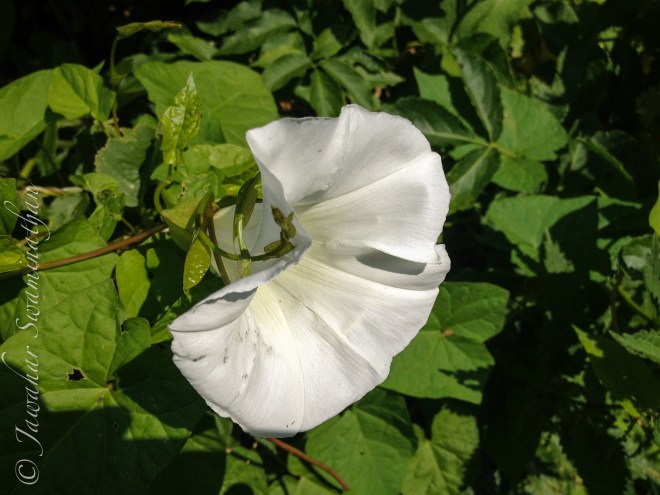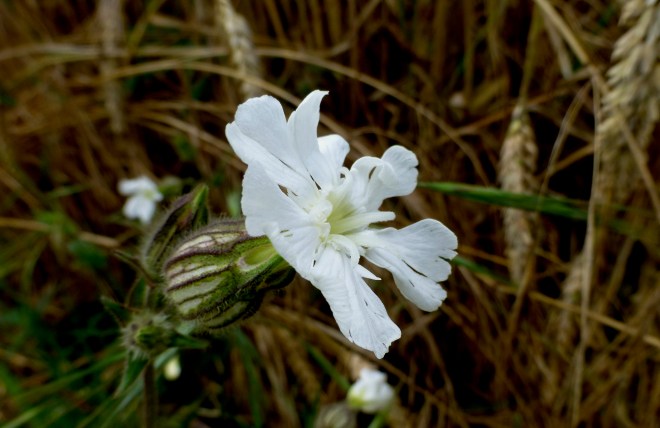Have you ever wished you knew the name of that plant with those bright flowers that you encounter in the countryside, or even your backyard? Even if the plant were a weed you wanted desperately be rid of, wouldn’t it be nice to kill it after you knew what its name? Some people tell me there’s no fun in classification as it spoils the enjoyment that can be had by just admiring what nature gives to us. Isn’t that a bit like saying “I love this beautiful town, but I don’t really want to know where I am!“. Giving names to things we see is, to me at least, a means by which we make sense of the world around us, communicate with others, and have a common platform for exchange of information and knowledge.
My lunchtime walks in South Cambridgeshire often take me across hedgerows, fallow fields, meadows and suchlike. In the summer, these abound with myriad flowers and plants of various sizes, hues and colours. Barring the most coarse of classifications – “that looks a bit like a daisy” or “probably related to the pea family” – I didn’t have a clue on what these were called. As someone who regularly carries a camera, it was most dispiriting not to know what flower one was taking a picture of. I recently bought an excellent guide of British Wild Flowers by Paul Sterry and used it to identify the flowers that follow. There is also this brilliant website – http://wildflowerfinder.org.uk/ that is very useful in identifying wild flowers.


Another flower that I see everywhere these days is the Great Willowherb (Epilobium hirsutum). The plants are between 1-2m tall and have lots of purple flowers with white insides and a 4-lobed stigma.


Bindweed – Convolvulaceae
The scourge of the english garden, I didn’t realise that there are different sorts of this member of the morning-glory family of mostly creeping plants. Easily identified by their funnel-shaped flowers. The convolvulaceae also include food bearing plants like sweet-potato (Ipomoea batatas). Here are two of the bindweed family (one of these is slowly killing my hedge as well!).


Campion: I see this plant with its funny flowers almost everywhere (they have this rather bulbous base which makes it look like the flower squeezing out), only I didn’t know what its name.


That concludes my first foray into wild flowers in Britain. As I seem to have many more unidentified flowers in my collection, it looks like I have some more reading to do! If, like me, you’ve been ignorant of the sheer variety of wild plants in your neighbourhood, I hope I’ve provided some initiative for you to get out and find out what they are.
And I welcome your comments!